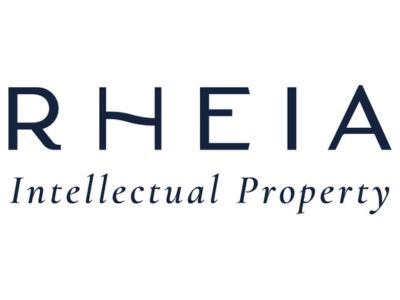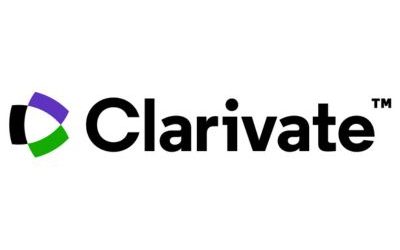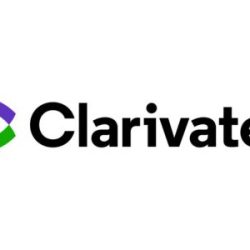The likelihood of confusion is fundamental to UK trademark law and the laws of many other countries worldwide. Usually, we’re comparing marks as they appear on the register, and forming opinions on whether two marks are likely to be confused with one another is second nature for IP lawyers. We don’t tend to consider how a mark might look when applied to products if it’s distorted, seen at an angle, from above, and so on.
However, the recent UK infringement case of Iconix Luxembourg Holdings SARL v. Dream Pairs Europe Inc & Anor [2024] EWCA contemplates this point, as argued by Iconix, the owner of the well-known Umbro logo.
The case concerns footwear, specifically football boots. Iconix’s registrations include this logo (the “Umbro logo”):
![]()
Dream Pairs’ logo is:
![]()
Dream Pairs says the logo is made up of a ‘P’ within a ‘D’ (the “DP logo”).
In its claim against Dream Pairs, Iconix argued at the High Court that consumers would not always see the DP logo square on and that from other angles the sign appears elongated, and one may not notice the broken edge of the ‘D’ or the ‘P’ element inside. As such, the logo, as seen when the product is in use, can be mistaken for the Umbro logo. It filed evidence to support this argument such as these photos showing the sign on footwear.
![]()
![]()
Mr Justice Miles disagreed, finding that in the pictures of the sign on the product the ‘P’ is easily noticeable and is the distinctive and dominant element in the logo. He went on to say the same would be true of the sign when viewed on a boot on someone’s foot and held there to be no likelihood of confusion with the Umbro logo.
However, the Court of Appeal held in favor of Iconix, finding that the judge had failed to properly consider the sign when applied to footwear (viewed from above, side on, at an angle) and seen by consumers who will never have seen it as it appears on the register. It was decided that when the DP logo is seen side on or from the front or rear, as is possible on footwear, there is a moderately high level of similarity with the Umbro logo.
The difference between the register image of the DP logo and how it looks on a football boot really struck me. So I posed this question to my LinkedIn audience: “At a glance, which brand do you think is on this football boot?” Alongside, I posted this image from Dream Pairs’ website:
![]()
I asked my IP contacts not to comment (though many couldn’t resist) as this was meant for the general consumer, those unfamiliar with the legal tests for confusion and who would say it as they see it without further analysis. Of course, we are also consumers, so those who commented with their IP lawyer hats firmly off are included in these figures.
Of those who commented, 71% thought it was Umbro at first glance. And around 15% thought it could be a counterfeit Umbro shoe. The others mentioned other brands, several unconnected with footwear. I must say that I am with the 71% – I think it does look like Umbro on the shoe, but it doesn’t on the register.
It’s an unusual case. It seems to me to be a perfect storm; a highly-recognisable logo (Umbro), a much less well-known logo of a broadly similar form, similar positioning on a shoe, and the skewing of the latter logo when the shoe is on the foot. I can’t think of another situation where these, or equivalent, factors would all be present such that post-sale confusion would seem quite so likely.
I don’t believe this was intentional infringement by Dream Pairs. It seems far-fetched to imagine that Dream Pairs deliberately designed a logo to look like Umbro, but only when seen from a certain angle. And what could it stand to gain? Damage to Umbro’s brand and reputation would be more likely if the comments on my post regarding ‘knock-off Umbro boots’ are anything to go by.
However, following the Court of Appeal’s decision, perhaps when considering infringement risk we – and our clients’ branding teams – ought to pay a little closer attention to how a logo will look to consumers in situ. I know I’ll be giving this some more thought.

Written by Rachel Harrison
Founder, Trademark Attorney, Rheia IP
You may also like…
Clarivate announces the development of IPfolio Law
Clarivate, a leading global provider of transformative intelligence, today announced the development of IPfolio Law,...
The EUIPO launches the Copyright Knowledge Centre for guidance amid rise of generative AI
The Centre aims to help creators and rights holders navigate copyright in today's technological landscape The EUIPO is...
Trademarking the dupe economy: what LULULEMON DUPE signals for the future of enforcement
The dupe culture, particularly in the fashion market, is here to stay. The less expensive versions of luxury garments...
Contact us to write for out Newsletter













